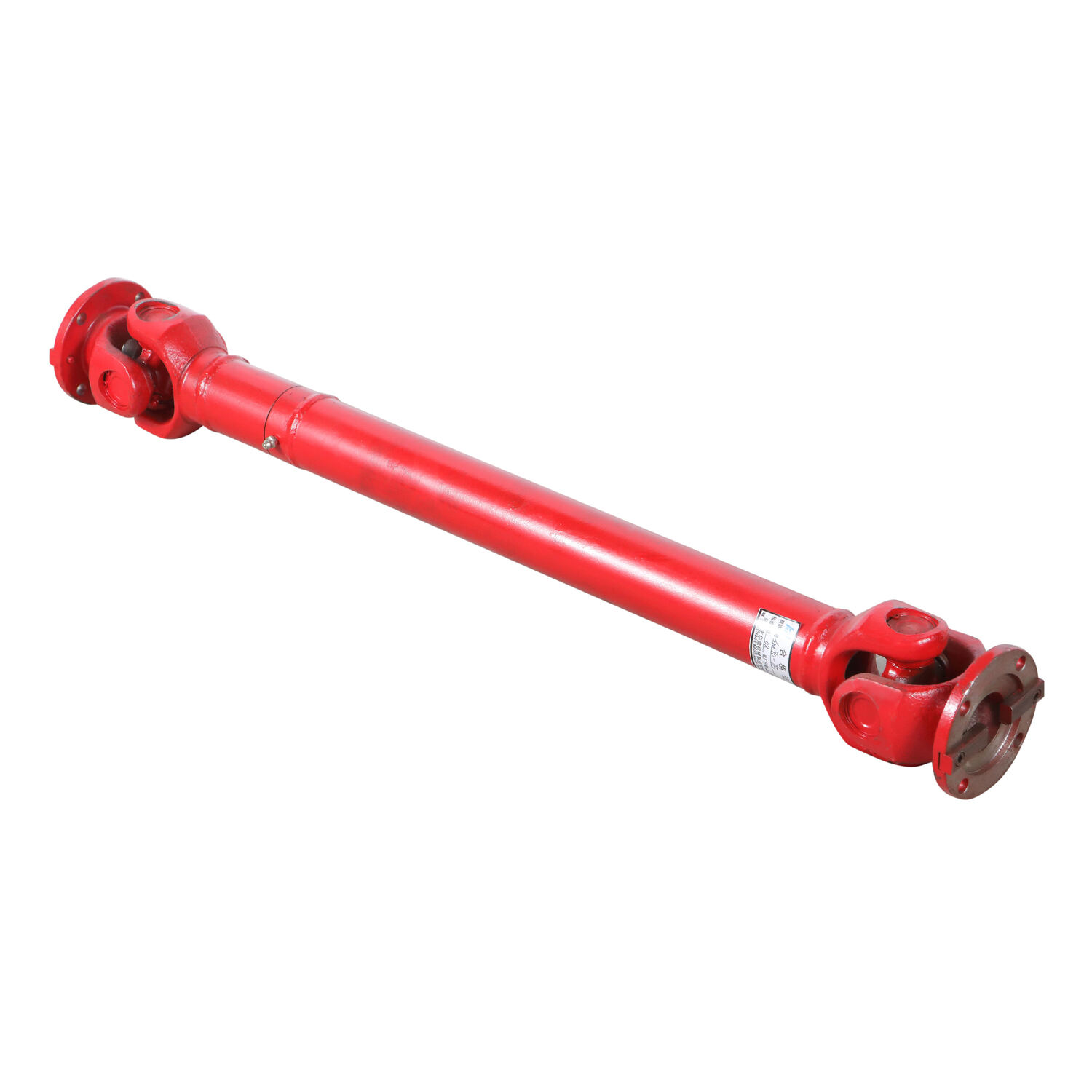double universal joint
A double universal joint is a sophisticated mechanical component that serves as a crucial link in power transmission systems, designed to transfer rotational motion between two shafts that operate at different angles. This ingenious device consists of two single universal joints connected by an intermediate shaft, allowing for smoother operation and enhanced angular displacement capabilities compared to single universal joints. The primary function of a double universal joint is to compensate for misalignment while maintaining constant velocity output, making it invaluable in various industrial and automotive applications. The design incorporates multiple bearing cups, cross journals, and yokes that work in harmony to distribute force evenly and reduce stress concentrations. This configuration enables the joint to handle significant torque loads while accommodating angular misalignments up to 45 degrees, depending on the specific design. The intermediate shaft between the two joints acts as a critical element in canceling out the speed fluctuations inherent in single universal joint operations, resulting in smoother power transmission and reduced vibration. These joints are extensively used in automotive driveshafts, industrial machinery, agricultural equipment, and heavy-duty vehicles where reliable power transmission is essential despite significant angular misalignment between the input and output shafts.


